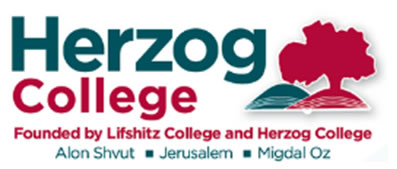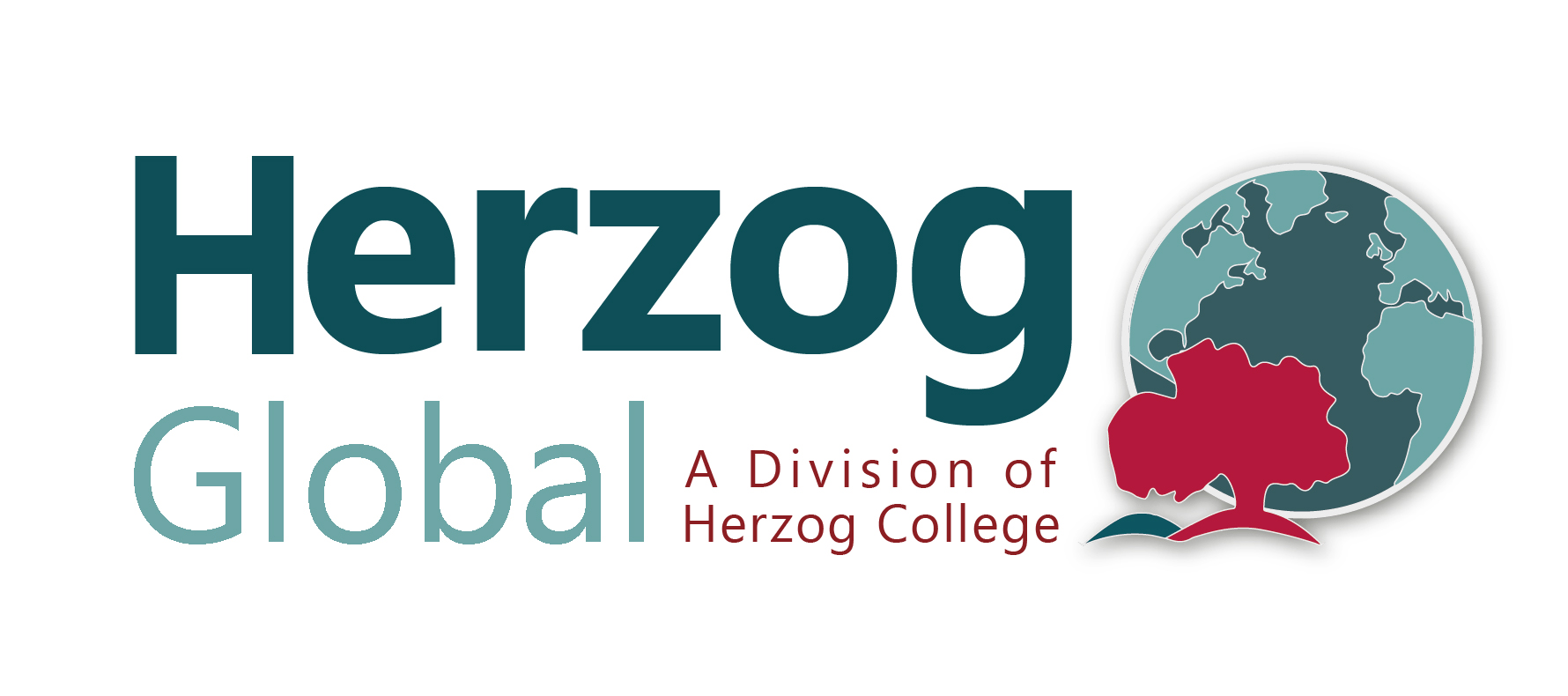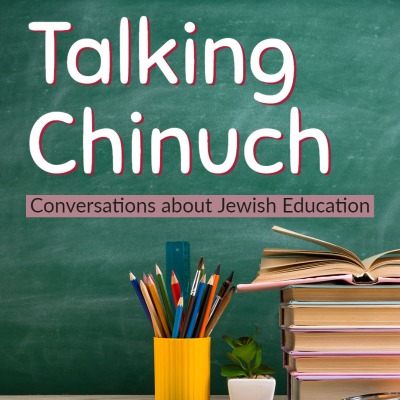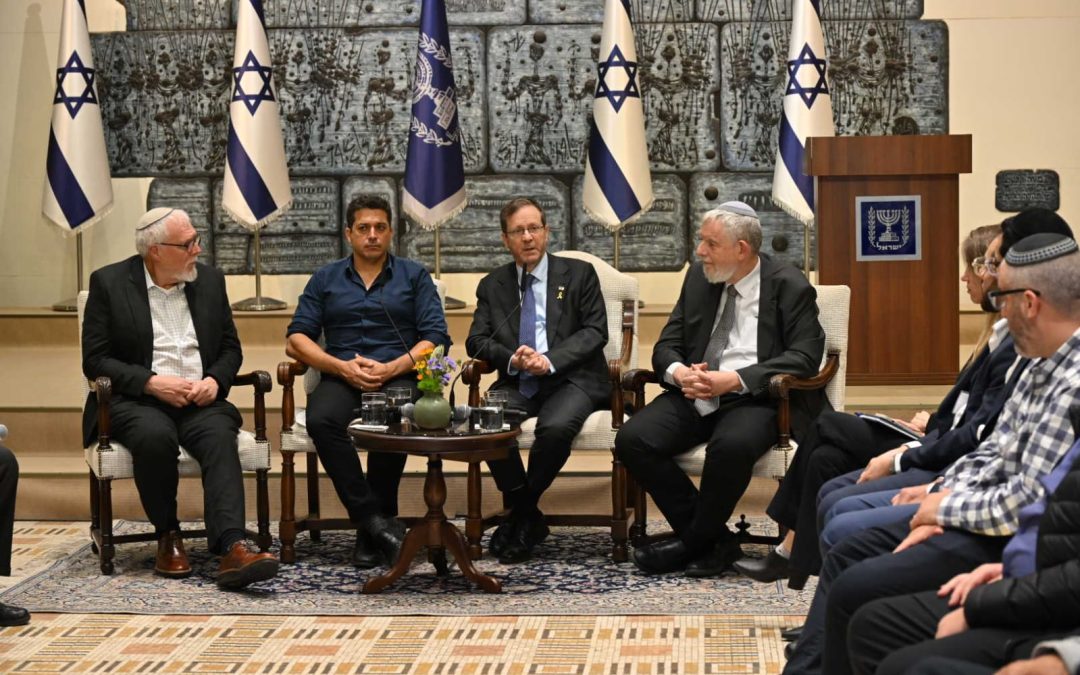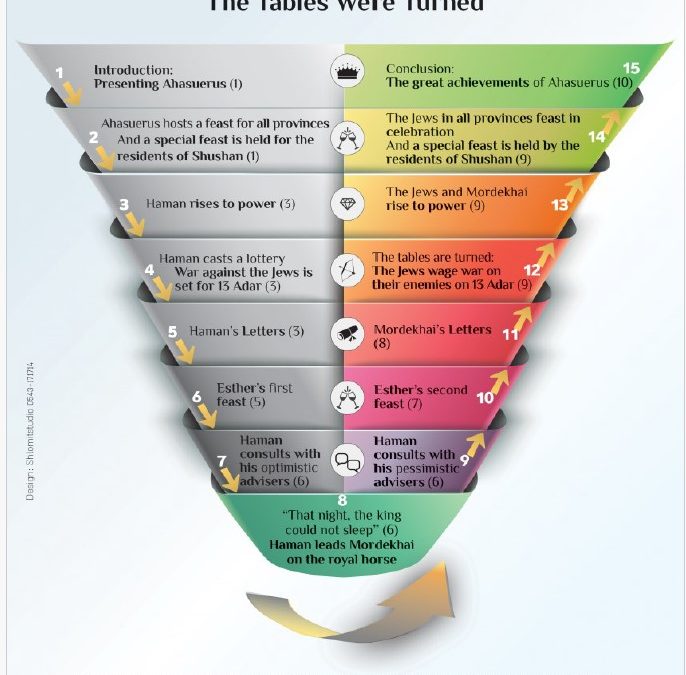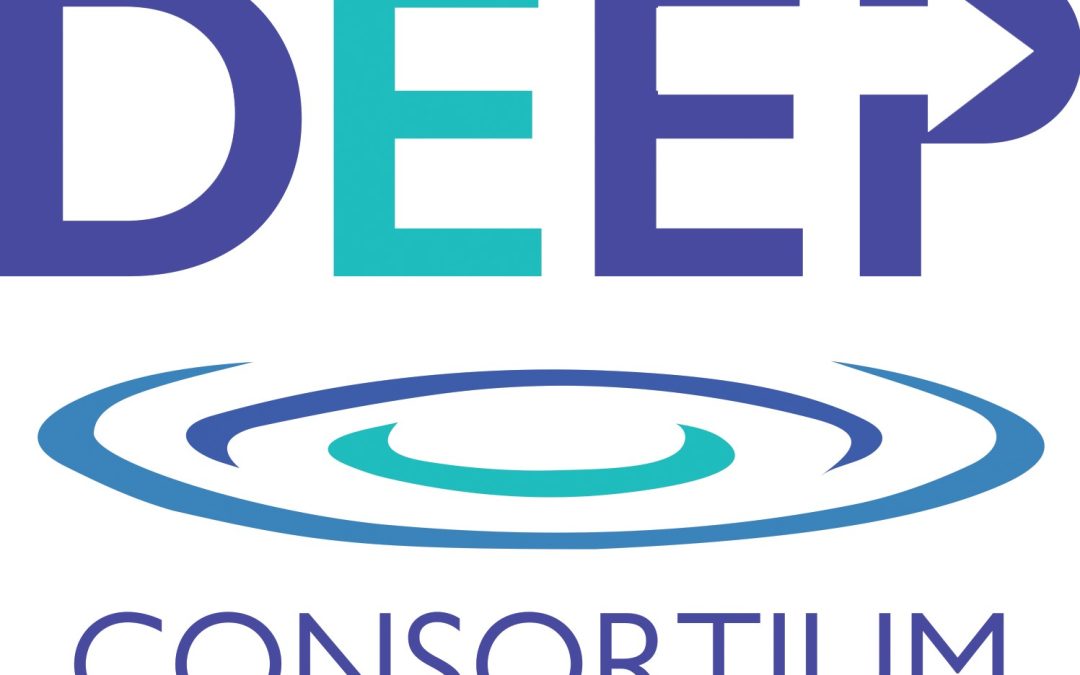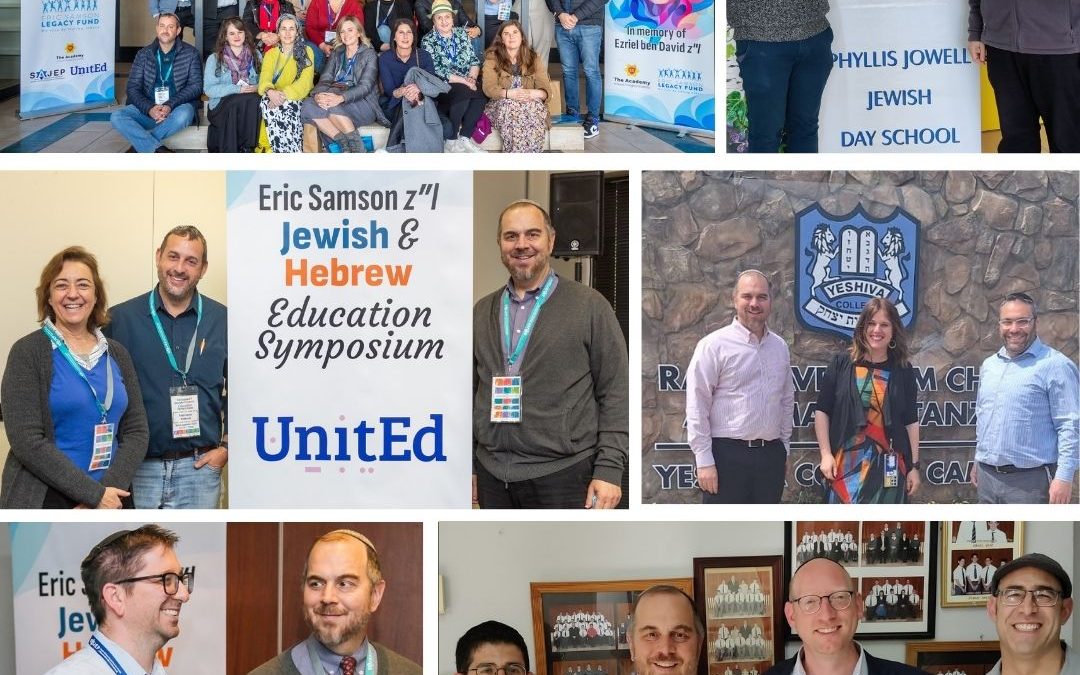A new initiative for teaching the Bible in schools chooses to focus on the grand narrative of the Bible, instead of concentrating solely on the verses and their interpretations. At a time when Jews from all over the world are once again considering their identity, this is the source from which they can draw inspiration and find moral values relevant to their lives.
The original Hebrew version of this article by Rikki Roth was published in the Makor Rishon newspaper in Hebrew, August 7, 2024
The first story that Jewish students encounter when visiting the website “The Bible Is Our Story” is our national birth story – the Exodus from Egypt. They learn about leadership, the role of women in Israel’s redemption, and how Moshe dealt with crises during the redemption. They can also become acquainted with the map of Ancient Egypt, and with archaeological findings that illustrate the Exodus story in a realistic manner.
Even before October 7th, Herzog College, in collaboration with Israel’s Ministries of Education and Diaspora Affairs, was working on a computerized and interactive program for teaching the Bible to Jewish students abroad. Following the war, they made a fundamental change in the nature of the content.
“We realized we needed to change our approach,” says Limor Riskin, Project Manager and Educational Innovation Director at the College. “Unlike the classical approach, where we study the Bible by focusing on individual verses and their interpretation, we are offering a new approach that seeks to treat Bible study as identity-shaping learning, offering lessons that can affect the emotional and mental world of the student. The intention is for each student to know the grand narrative of the Bible, develop identification with its heroes, and understand how the conflicts that they faced are relevant to their world today – as young people and as Jews.
“This program is specially adapted for today’s Jewish students around the world. After the events of October 2023, it has gained even more relevance to Jews around the world, fostering their understanding of Jewish identity, and giving them tools to deal with moral questions relating to war, evil, hatred of Israel, and the challenges of leadership. The Tanakh Is Our Story program creates a deep familiarity with the Jewish idea of heroism, which over the past year has become a topical phenomenon, similar to the heroic stories of biblical figures.”
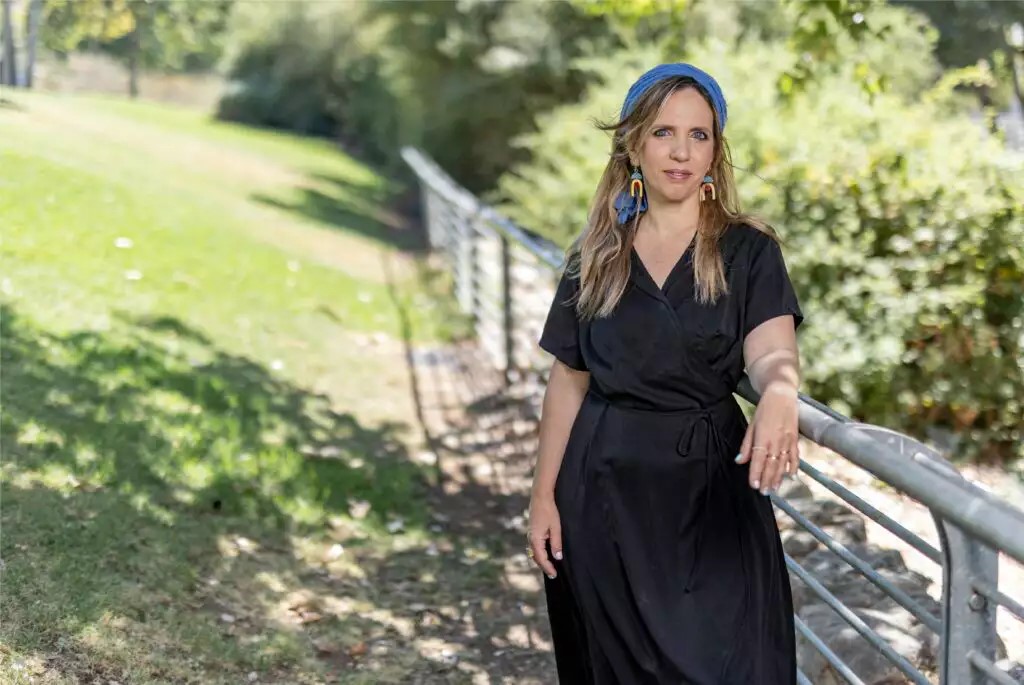
Limor Riskin, who lives in Efrat, has been actively involved in education for 30 years. She grew up in Canada, attended high school in Dublin, Ireland, and has a BA in Special Education and an MA in Educational Technology. “I feel the need to bridge the gap between life itself and learning in school, and to change the model where the teacher stands and teaches, to learning where students are more involved, where there is more room for student choice,” she says. “Learning happens everywhere, not just in the lesson itself but also during breaks and between lessons. I felt that education in its current form wasn’t providing the answers.”
As director of the Herzog-UnitEd Heads of School Fellowship, she helps teachers and principals through the process of changing thinking and reducing the gaps between the values that are talked about and the vision expressed on the walls of the school, to their actual implementation. “I love taking teachers’ learning materials, and thinking with them about how to make their materials more accessible in an interesting and relevant way.”
Riskin has worked on learning innovation projects in Israel and abroad, within the Education Administration of the Jerusalem Municipality, and as Israel’s representative on Jewish educational projects for European schools. Two and a half years ago, she began working at Herzog College, managing the design, writing and implementation of innovative pedagogy projects, including the “Tanakh Is Our Story” initiative, conceived by Rabbi Dr. Shuki Reiss, head of the College’s Bible Department. Sharoni Rosner is in charge of the curriculum writing.
“The idea was to combine the practice of active learning, storytelling, and studying in pairs, and to ensure that the content learned is not just knowledge, but speaks to learners in a way that’s relevant to their lives and causes them to be engaged,” explains Riskin.
Growing Up in Dublin
Beyond her training in pedagogy, education, and technology, Riskin is intimately familiar with the feeling of being a foreigner abroad. Her parents served as educational emissaries in Montreal, Canada, and Dublin, Ireland. She spent her elementary school years in Montreal, within a large Jewish community. In Dublin, however, the high school she attended was both Christian and Jewish. “The principal would walk around wearing both a crucifix and a star of David!” she explains. “Secular studies were learned together, and then we would split for religious studies. My father was responsible for teaching the Jewish studies curriculum.” At 17, she returned to Israel, finished high school, and did her national service.
“Living as a religious Jew abroad is a life-shaping experience,” says Riskin. “Since then, I’ve loved traveling to other places and meeting new people, and I feel that the whole world is my home. At the same time, there was always the question of preserving my Jewish identity. My parents and I had to maintain our Judaism in a place where there weren’t many Jews, and most of them were not religious. I grew up proud of being Jewish, Israeli, and religious. It was an educational and connecting experience.”
Riskin maintained her identity but did not isolate herself from her non-Jewish classmates in Dublin. She maintained her connection with one of them for many years after high school. “I met Jane in high school and we became good friends, despite her being Christian and me being Jewish. We kept in touch, and she even came to visit me in Israel.” Over time, the connection was lost, but after eight years, Riskin received a letter in which Jane told her that she had married, had three children, and named her youngest daughter Limor after her friend.
“Today there’s a Catholic girl named Limor walking around in Ireland who has to explain to everyone where her name came from! Since then, Jane and I have renewed our connection, and I even visited her. An encounter with those who are different from us helps us to highlight the gaps that need to be bridged, the personal versus the national. This is very much related to my daily work – strengthening Jewish and Israeli identity.”
Telling Stories
In recent years, especially following the daily Bible study project “929”, many initiatives have emerged with the goal of increasing our connection to the Bible. The construction of elaborate and extensive websites is based on the understanding that the public is looking for digital resources. On the College’s HaTanakh.com website, one can browse to any chapter and verse in the Bible, and immediately an interactive map appears that brings the viewer to the places where those events took place. They can also peek at archaeological findings, and utilize additional tools that turn the biblical story into an interactive presentation.
“We have found that many Jewish students around the world have great difficulty reading and understanding the Bible, certainly in Hebrew, but also when translated into their language. The difficult words, the ancient cultural context, and the ancient world of beliefs and opinions, are distant from the perspective of today’s young people. In general, there is an inconceivable gap between the importance given to Bible teaching over the years by Jewish cultural leaders, and between the culture and education of the world in general and the people of Israel in particular. It makes sense that most Jewish students today feel distant and disconnected from the Bible. Unfortunately, even graduates of the best Jewish education systems are not familiar with the main storylines in the Bible, and they are unable to recognize the Bible’s contribution to their world and the inspiration that can be absorbed from the values found within the text.”
Rabbi Dr. Shuki Reiss, the creator of the Tanakh storytelling initiative, explains: “We understood that we needed to shift the goals of learning and teaching from studying the continuous text, based on covering selected books and chapters, towards focusing on the grand story of the Bible. We aim to give students a broad familiarity with its stories and a deep understanding of the biblical characters, the events they took part in, and the values and conflicts reflected in their actions and speech. This curriculum seeks to convey these messages to middle and high school students, and to reach as diverse an audience as possible. Its goal is to strengthen Bible study and teaching as a Jewish identity generator and a source of inspiration that is relevant to the students’ world. We emphasize studying the Bible in a broad and comprehensive way, while addressing realistic aspects that relate to the locations and historical context of the stories.
“Many people talk about storytelling as a way to foster interest and meaning among listeners,” Reiss continues. “This method is also being implemented in the world of education, and we recognize that it is highly appropriate to the teaching of Tanakh. One great thinker who understood the importance of using storytelling in education in general and for teaching Tanakh in particular was Rabbi Lord Jonathan Sacks zt”l. He wrote that, since ancient times, storytelling has been a pillar of Jewish tradition. Even before the Israelites left Egypt, Moses was already instructing them how to tell the story of the Exodus. This was an extraordinary phenomenon. What is the meaning of this constant preoccupation with storytelling? The simplest answer is that we ARE the story we tell.’
“It can be said that the way in which G-d sought to reveal Himself in our world, in His words and in the words of His prophets that were written and passed down to us throughout the generations, is through a story that has characters, events, and plots, the observation and study of which can inspire us spiritually and morally. The Torah and our faith are not just expressed through statements of faith, and through our knowledge of our laws and commandments, but primarily through storytelling, through the characteristics of our heroes, their actions, decisions, and their words. The “Tanakh is our Story” curriculum seeks to focus teachers on this point of view, in order to strengthen students’ knowledge of the Bible, and to connect them to our story in meaningful and emotional ways.”
Heroism and Coping
Alongside the English website, much effort has been invested in making these materials accessible to Spanish speakers. Recently, Riskin visited Buenos Aires, Argentina, to run workshops at a conference for 1,600 Jewish educators. “There is great interest in the Tanakh among Jews in Latin America,” she reports. “Jewish schools contact us all the time. Our representative, Rabbi Shmuel Kornblit, visits Spanish-speaking countries at least twice a year, touring Jewish schools and conducting practical training for teachers. The field of Tanakh teaching in Spanish was neglected and under-developed for many years, so our new website is great news for Spanish speakers.”
The relationship between Herzog College and the Diaspora is a two-way street: they have been hosting educational leaders from around the world. In May, twenty Jewish school principals from the US, UK, Canada, and Australia visited the College and met with teachers and principals from schools in Ofakim for peer learning, toured the south and the Nova victims’ memorial site, met students and survivors of the war, and explored ways of building community resilience.
In July, another delegation of 15 teachers from the US, Canada, Australia, England, and Singapore came to Israel to learn about innovative educational techniques. They talked about the antisemitism and bullying that their students have been experiencing, shared their own feelings, and sought support specifically from teachers in Israel.
Herzog College’s annual Bible study days, which took place for the 33rd year in Alon Shvut in July, also dealt with a topic derived from the perception of the Bible as “our story”, with the title “In This I Trust”.
“We understand that the Bible is a great story, and it’s ours,” says Reiss. “It touches each and every one of us. It is relevant and it has become even more relevant since October 7th. We all feel we’re living through a biblical event, experiencing heroism and coping with the challenges of a war between good and evil. Everyone feels the need to redefine ourselves, and to understand what we’re fighting for, why we’re hated, and whether the IDF is a moral army. All the stories of heroism and the current ideological conflicts are important issues that we must deal with. What is our shared narrative? What do we have in common that transcends what divides us? The Bible is an important starting point that can unite us and emphasize what we have in common.”
“After October 7th,” adds Riskin, “there is more searching among Jewish educators in the Diaspora for how to connect their students to their Jewish identity and roots. Based on what they see on the news, being Jewish in Israel means being kidnapped, killed, and bombed. Being Jewish in the Diaspora means being exposed to humiliation and not being able to go out wearing Jewish symbols, so maybe it’s better not to be Jewish because it’s very difficult? We believe that teaching the Bible is one of the most important ways to strengthen Jewish identity, to teach our faith to this generation, and to show them the importance of being Jewish, even in times of crisis and difficulty.”
Click here to find out more about our “Tanakh Is Our Story” curriculum.
